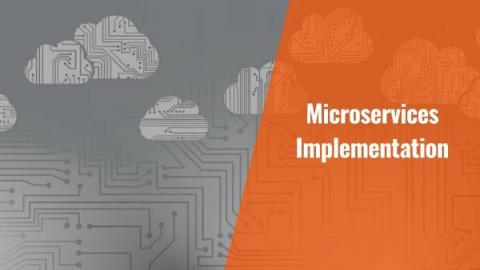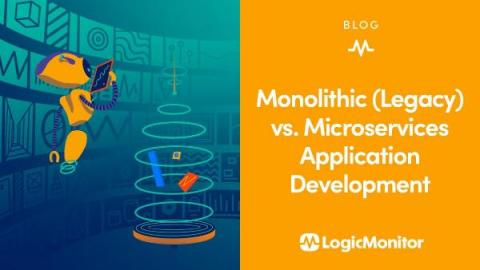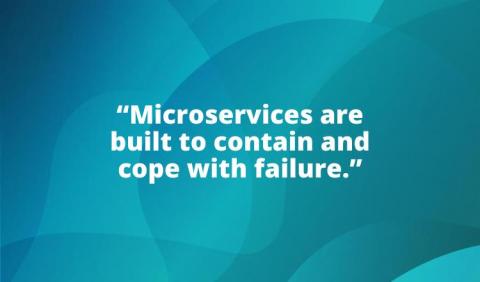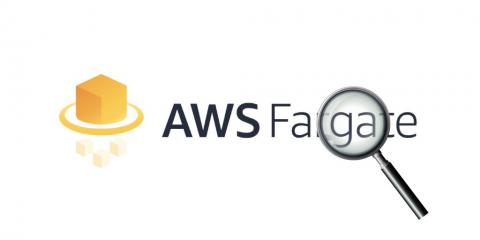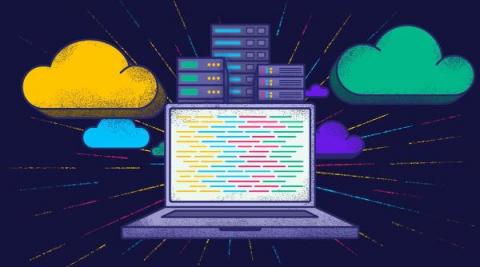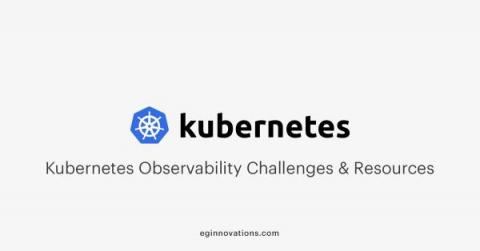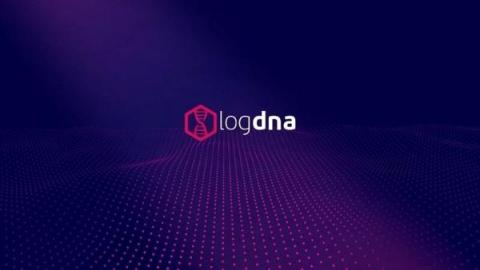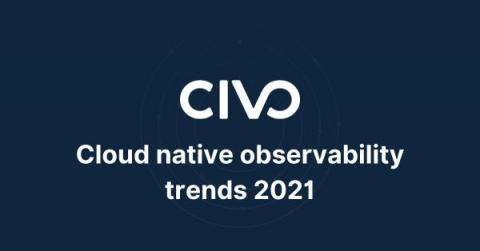5 Best Practices for Successful Microservices Implementation
Microservices have significantly altered the architecture of server-side processors. Rather than a single massive monolithic codebase containing all of your application’s business logic, microservices adhere to the distributed systems concept, in which a collection of application components collaborate to meet business goals. You may create a streamlined microservices ecosystem free of superfluous architectural complications by adhering to microservices industry standards.


